Negar Kalantari, the daughter of the late renowned Iranian artist Parviz Kalantari, is a passionate advocate for her father’s artistic legacy. As the steward of his estate, she holds the intellectual rights to his iconic works, celebrated for blending traditional Iranian motifs with modern techniques. Ms. Kalanttari actively engages with galleries, foundations, and collectors to preserve and promote her father’s contributions to the Saqqakhaneh school of art.
1. It’s a great honor to learn more about your father’s life and legacy. Please share with us a glimpse into Mr. Kalantari’s childhood and some of the earliest influences or experiences that guided him toward his artistic career.
My father had an exceptional, innate talent from a very young age—perhaps as early as five. One day, when his parents had stepped out, he picked up a piece of charcoal and covered the basement walls of their home with drawings. This was back in an earlier time, when no one really knew much about painting, and formal training wasn’t even a thought. When his mother returned, instead of scolding him, she showered him with praise, saying, “Parviz dear, what beautiful drawings you’ve made!” To me, she was his greatest champion in those early years. She could have punished him or asked, “Why did you blacken all the walls?” But her encouragement sparked something in him. His mother was an artist in her own right, skilled in sewing and embroidery with a truly gifted hand. I believe my father inherited his artistic spirit from her. Once, she asked him, “Maji dear, would you sew these colorful buttons onto a white dress for me?” She crafted him a long, simple white garment—reminiscent of the flowing robes worn in Arab cultures, with short sleeves—and adorned it with those vibrant buttons. That creative spark was already alive in him at five years old.
2. Mr. Kalantari’s work stands as a testament to the profound influence of culture and art on his perspective. Which artists or movements shaped his style and approach to his craft?
My father often shared stories from his student days, recalling how Mr. Seyhoun, the head of the University of Tehran’s Faculty of Fine Arts, held him and my uncle in high regard—perhaps even counting them among his favorite students. At just twenty-seven, my father was approached by Mr. Seyhoun with an intriguing proposal: “Come teach design to our architecture students.” When he stepped into the classroom, though, the architecture students—always a lively bunch, different from the rest, then and now—turned the place upside down. Seeing him as too young, they didn’t take him seriously. There was a Venus statue in the room, and they started joking around with it, throwing the class into chaos. Mr. Seyhoun stepped in, raising his voice: “You’re disrespecting the sanctity of art!” Exasperated, my father walked out and told him, “Mr. Seyhoun, I can’t manage these students—I’m not up to it.” But MR. Seyhoun insisted, “No, Mr. Kalantari, you must do this. You’re capable of it.” He knew my father had the skills and that the students would warm up to him in time. That night, my father came home wondering, “What am I going to do with them?” The following day, he returned with a bold idea: “Give me a car, and I’ll take these students to Kabir—then I’ll make it work.” He took them to Kabir, where they bonded with him, channeled their mischief and energy into sketching the landscapes, and found their rhythm. From that moment, Kabir left a lasting mark on his artistic style. My father had joined the Faculty of Fine Arts at eighteen or nineteen, earning his bachelor’s degree there, where his journey truly began to take shape.
3. The works of Mr. Parviz Kalantari are celebrated for their unique fusion of traditional Iranian motifs with modern artistic techniques. How did your father’s travels across Iran, particularly his observations of rural architecture and natural landscapes, shape his style and artistic themes? Were there specific places or encounters he often cited as wellsprings of inspiration?
My father’s style falls within the Saqqakhaneh school of art. He always acknowledged that Marco Gregorian had pioneered this approach. Still, my father brought his own vision—blending Iranian art and architecture, executed on the earthy texture of mud-straw plaster. The interplay of light and shadow in his works reflects that architectural essence. (Here, I must note that many try to imitate his pieces, signing them with the Kalantari name and showing them to us. We reject them, though—I can spot the difference. They can’t capture the architectural depth my father wove into his art.) He had a home in Taleqan and often traveled there. Our family name, Kalantari Taleqani, ties us to that region, though our roots trace back to Shiraz, from where we were once exiled to Taleqan. With relatives still there, he drew inspiration from its landscapes—vivid scenes like the colorful rooftops that found their way into his vibrant works. Once, on a trip abroad, he sat by a river where other painters were at work. He later said, “No matter how I tried, I couldn’t connect with those scenes enough to paint them. That’s when I realized I’m a painter of my own country’s dust-kissed landscapes.”
4. Your father’s innovative use of collage and mixed materials has captivated audiences worldwide. His technique is not only visually stunning but also layered with profound meaning. How did this approach evolve over the years, and in your view, what elements define his distinctive style and signature?
I believe the essence of mud-straw plaster was central to his work, but what drove him was his brilliant, creative mind—purely his imagination, nothing else. How did his style evolve over time? He wanted it to grow. He’d say, “My audience loves the mud-straw pieces most.” Even now, I see how deserts, mud-straw textures, and the Saqqakhaneh style have become trendy in the market, with so many admirers. But my father wrestled with a tension: his audience and collectors often craved the familiar—scenes of Kabir or mud-straw works—and he’d create them. Yet, deep down, he was passionate about innovation and eager to explore new ideas. He could draw two simple lines—curved like the domes of Kabir or the roofs of mud-straw homes—and with just those, he’d say everything. He adored that simplicity. Sometimes, he’d place two lines over a grid-like mud-straw collage and declare, “The simpler, the better.” Take Rothko, for instance—he produced countless classic works, only to arrive at absolute black, a single canvas drenched in darkness. That’s the maturity of a painter. And I think my father, over the years, reached that same depth, expressing his vision with just two lines.
5. Please tell us about some memorable exhibitions or galleries where he showcased his work and what made them stand out in terms of his professional journey and personal growth?
Everyone knows Mrs. Monir Seyhoun, one of Iran’s pioneering gallerists. There were galleries before her, but they were few and far between. I was just a child then, but I believe my father exhibited there, and it must have been unforgettable. After the revolution, galleries weren’t as widespread as they are now—back then, they were rare and carefully curated. Mr. Sadegh Samii carried this legacy forward with his Bookstore Gallery, and to me, he was one of the most influential figures in that world. As a teenager, I witnessed an exhibition of my father’s works there, which left a lasting impression on me—so vivid and significant. They invited numerous ambassadors; my father had a remarkable gift for connecting with diplomats and prominent figures. After Mr. Samii’s efforts, galleries began to flourish, and that momentum coincided with my father’s contributions.
6. In an artist’s professional life, there’s often a moment recognized as a turning point, steering them toward greater recognition or a new direction. Were there specific events or opportunities that, in your view, played a pivotal role in Mr. Kalantari’s career? How did the international display of his works, such as at the United Nations, influence his professional fulfillment?
UNESCO commissioned my father to create a piece about the Iranian city through the eyes of an Iranian painter. He poured tremendous effort into this piece, and it was eventually taken to UNESCO’s headquarters in Kenya, where it remains today. That stands out to me as truly remarkable. Another of his works, The Tea Party, was featured on a UNESCO stamp.
7. The commercial side of art is as fascinating as the creative process itself, requiring sharp planning and a deep understanding of the market. Could you offer an estimate of how many works your father created over his lifetime and how many were sold? Is there a particular piece that stands out for its value or demand among collectors?
If my father were still with us—may his soul rest in peace—we wouldn’t know the exact number of works, as we don’t have precise records. But I’d guess it might be around seven hundred. Even now, pieces occasionally surface somewhere, and we know some of the people who’ve acquired them. It could be more—perhaps a thousand—I’m not sure. Toward the end of his career, when his works grew larger in both scale and ambition, collectors stepped in, snapping them up and taking them away. There’s one piece in particular that’s highly sought after; even my friends say, “We want that one.” But I don’t even name it—it belongs to the family, and I won’t part with it. I cherish it so deeply that I simply say no.
8. Mr. Kalantari’s influence extends far beyond Iran, touching artists globally and leaving a lasting legacy that continues to inspire new generations. Please provide an overview of your father’s international activities, such as exhibitions, seminars, or collaborations. His works have been featured as United Nations postage stamps and UNICEF postcards. How did these collaborations come about, and what significance did they hold for him?
Most people see my father as a national figure, best known as an illustrator of children’s and young adult books. That sense of national pride stems mainly from the illustrations he created for kids and teens, which have become an enduring part of Iran’s art history. Alongside artists like Mr. Memizadeh and Mr. Farshid Asghari, my father was a luminary in the world of visual arts. I think it was his work on children’s books that truly stood out. He collaborated with Mr. Yamini Sharif, who recited his poems, and Samine Baghcheban. One of his notable contributions was illustrating our textbooks—history and geography books from long ago, before we were even born. I remember being in the U.S. at a gathering when an Afghan woman, with her charming accent, approached me and said, “Mr. Kalantari, you illustrated books in Afghanistan, too!” I hadn’t known that, and it feels worth mentioning here. In our history and geography textbooks, a few other artists were involved, but my father did most of the work. What set his illustrations apart was how he captured the world through a child’s eyes—drawing people with such simplicity and innocence that they truly resonated with the spirit and soul of young readers.
9. Are there any upcoming projects or initiatives planned to preserve or promote Mr. Kalantari’s works? How can art enthusiasts or collectors continue to support his legacy?
We do have my father’s foundation at the Art Center, where Mr. Malek and his team are doing an exceptional job—I truly believe their efforts are spot on. But an incident gave us pause, and I brought it up with the foundation. There was this man, a passionate admirer of my father’s art, who was very close to him. He’d visit often, look at my father’s works, and place orders. He commissioned the “Adam and Eve” series, a collection that’s never publicly shown because it’s a bit erotic. My father went to great lengths to create it for him, and now he’s the collector who owns it. This businessman turned my father’s works into NFTs two years ago and displayed them at the House of Artists—an action I found utterly inappropriate. We called him out on it. I personally rang the House of Artists and said, “Your role is to support artists, not businessmen.” He hadn’t done it legally and claimed he’d told my father to paint them that way, and that’s how they were done. Before this, my father had been working on “Tribes and Nomads.” Regardless, he went ahead, turned the works into NFTs, and exhibited them at the House of Artists, but it didn’t succeed. Even if it had, I’d argue it wasn’t a success on an emotional, spiritual, or human level. We followed up with the Art Center and their lawyer, and I’m genuinely saddened that an art enthusiast—someone who claims to love any artist’s work—would act this way. It didn’t draw much of a crowd either; some might have gone out of curiosity, but no one bought anything. You see, we hold the intellectual rights to my father’s works. Even if someone owns a piece today, the moral ownership remains with us, and that raises a big question mark over NFTs.
10. As we conclude this journey through your father’s remarkable life and career, what do you hope people will remember most about his works and legacy? And how do you envision his art continuing to touch lives in the future?
To me, the style my father left behind is what stands out. I’d say he had a brilliantly creative approach, taking the traditional architecture of Iran and transforming it into something modern. He did this with such purity, simplicity, and elegance. As Dr. Samii-Azar once put it, he crafted a kind of utopia for himself—one that deeply resonated with people and won their hearts.

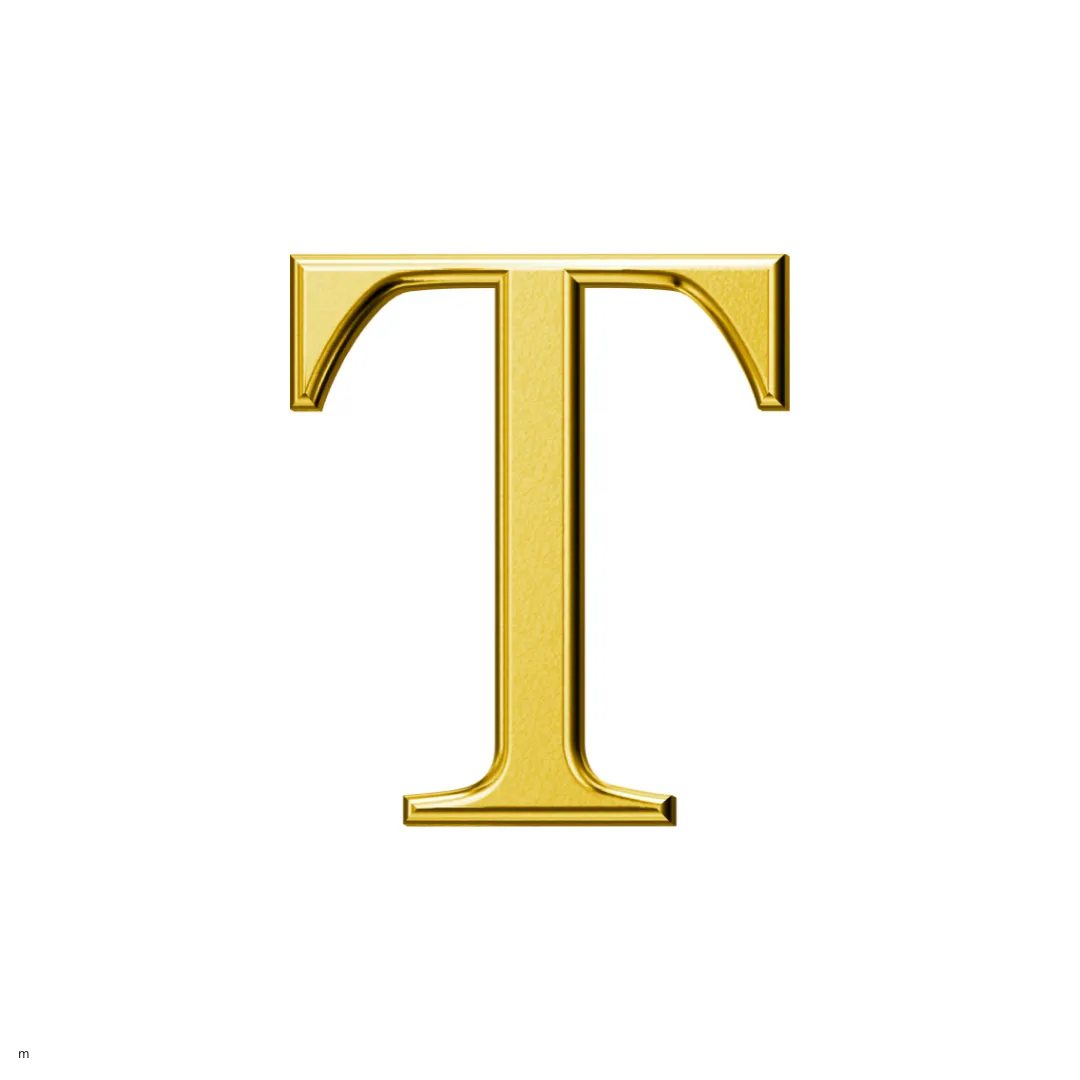
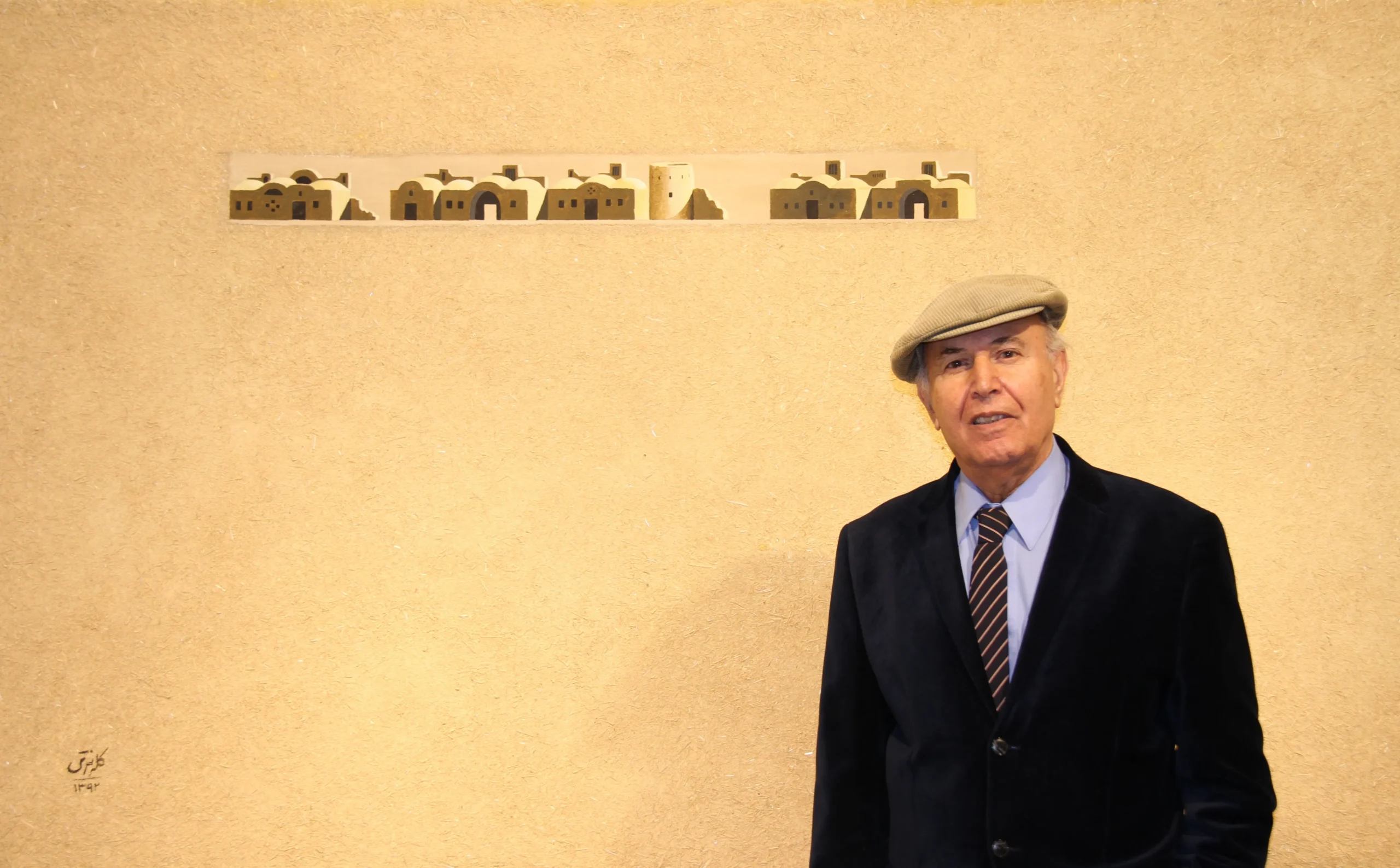
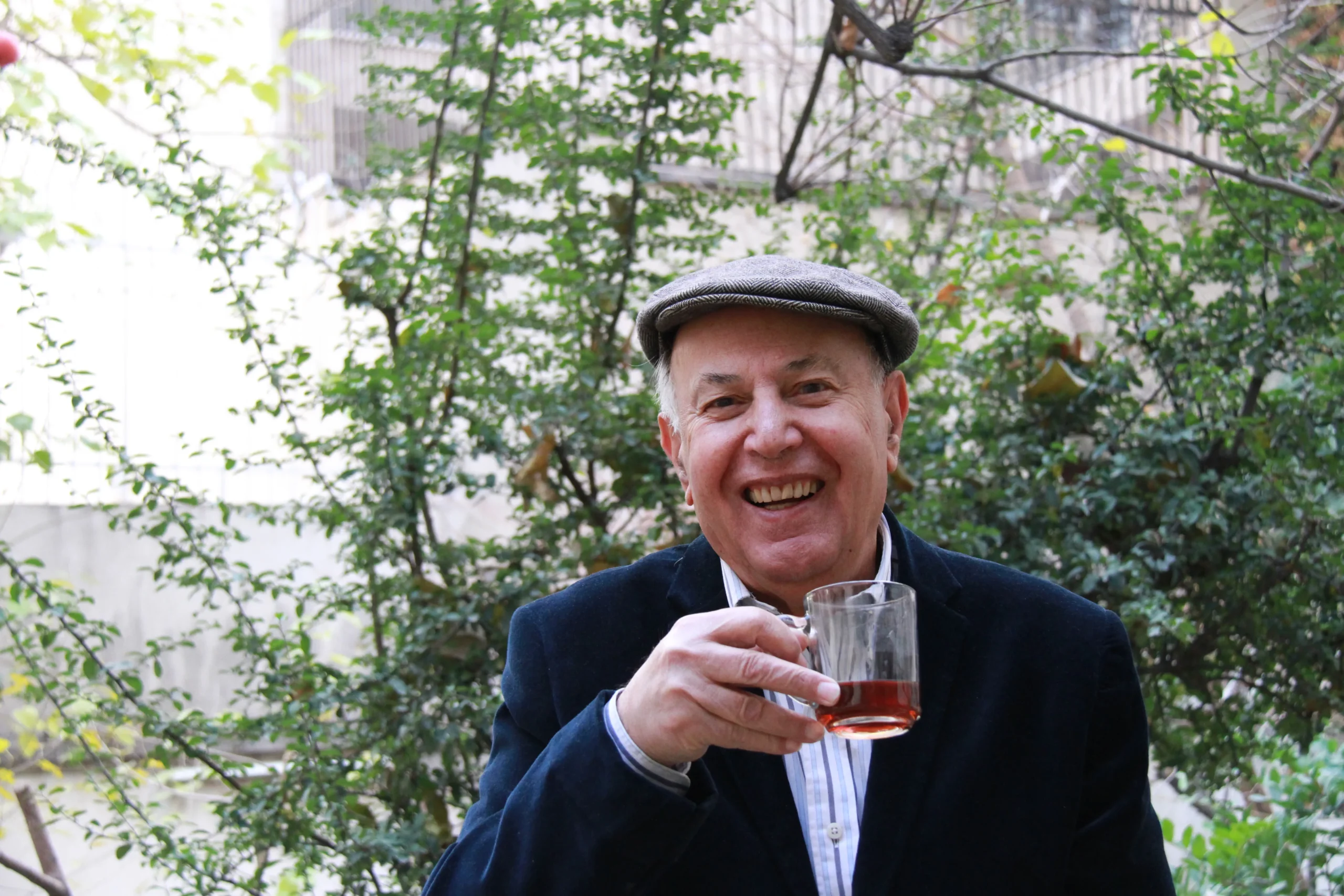
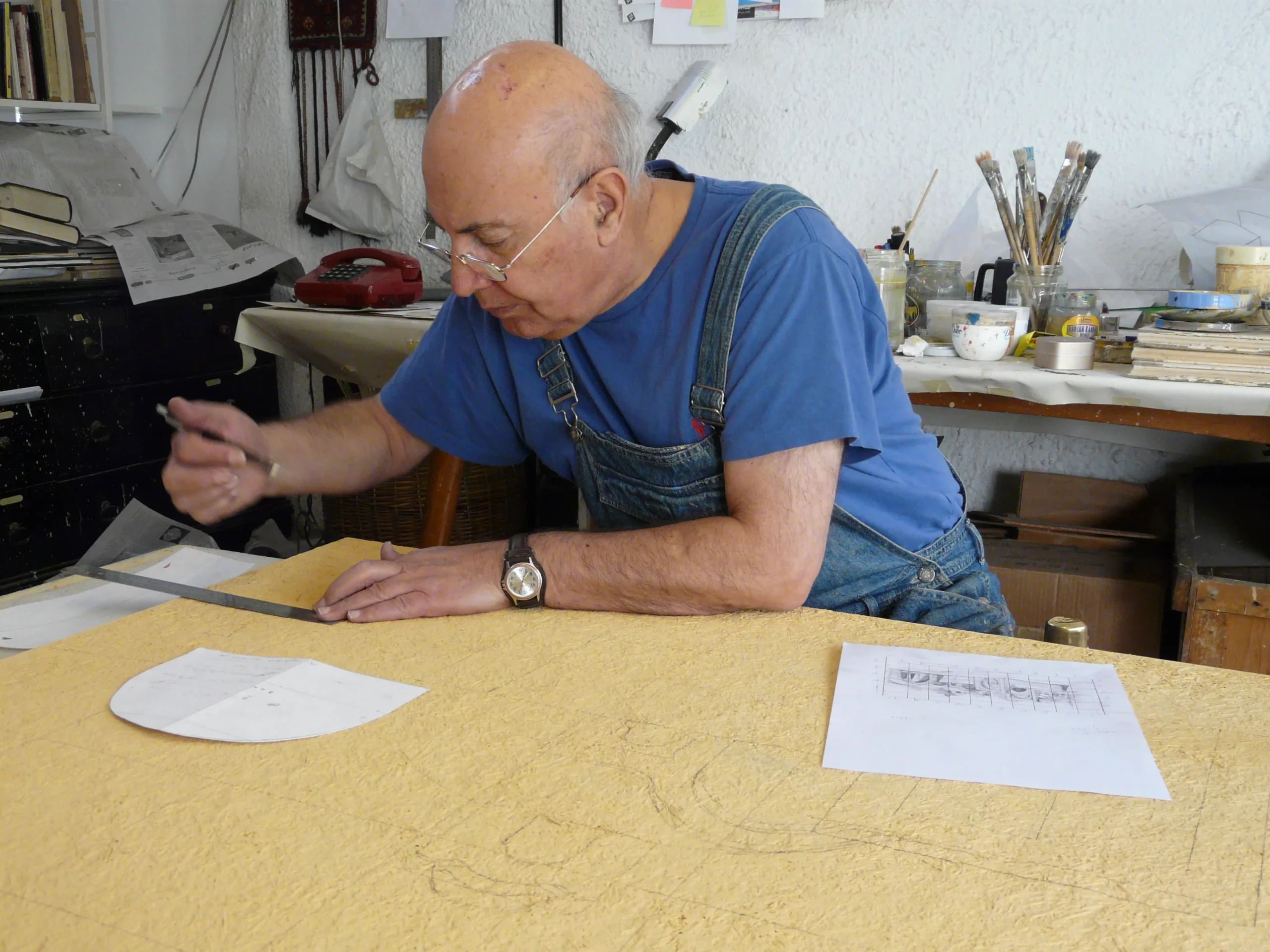
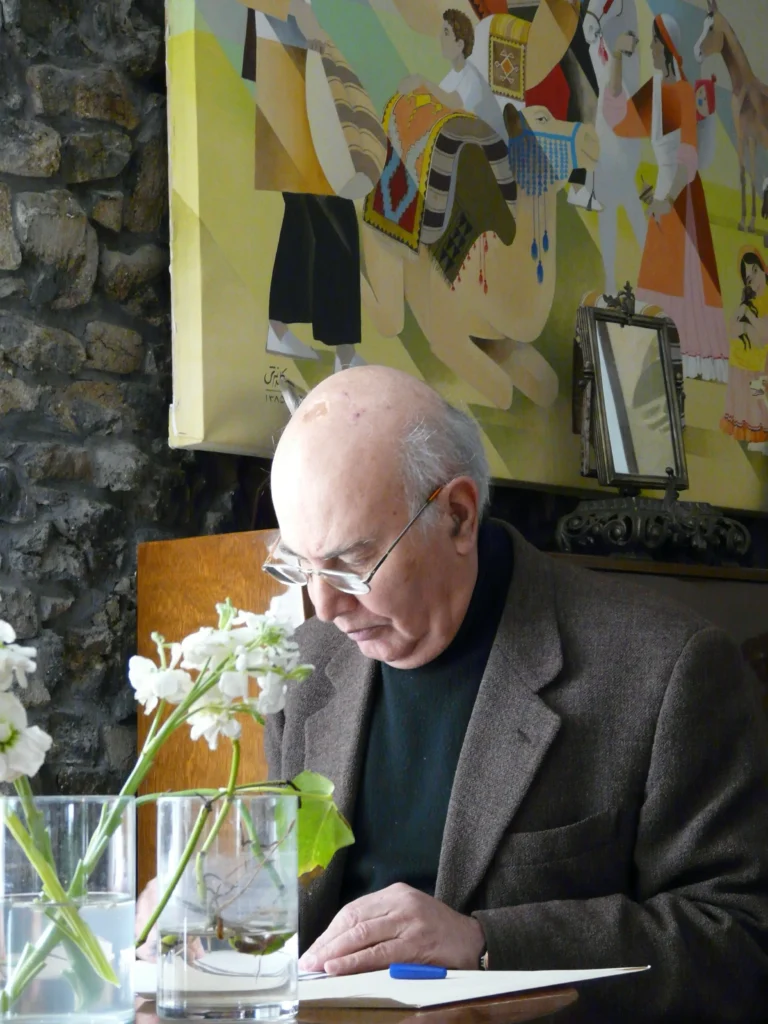



We have to wait and see where the legacy goes from here….